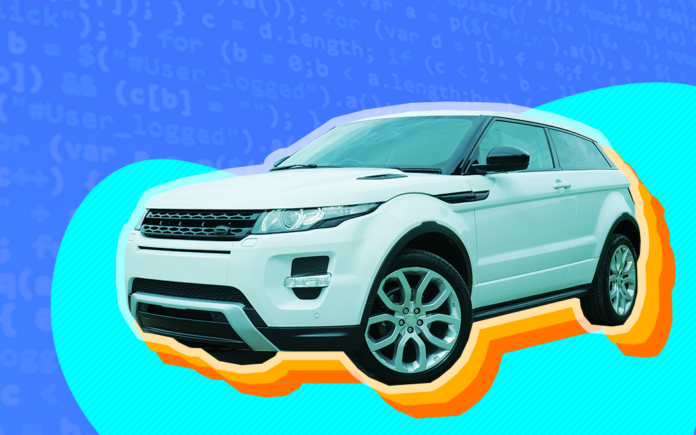

What are the advantages of connected car driving?

A connected car is a vehicle with internet access that allows devices inside and outside the car to communicate with each other. We can find devices such as sensors and on-board computers inside the car. Devices outside the car can also be part of other cars, houses and infrastructure.
The first connected cars appeared in 1996, when General Motors and Motorola joined forces, leading to the telematics system OnStar. The system enables voice calls to emergency call centers in the event of an accident.
The Internet of Things continues to make its way into every aspect of our roads and cities, and this change is in full swing as the number of cars connected to the Internet increases. Thankfully, click Tweet here, there are many types of connected cars that are suitable for driving.
By 2015, the connected car infrastructure had grown considerably, and the OnStar telematics system had processed 1 billion customer requests.
In 2003, the system expanded the feature list with vehicle health reporting and turn-by-turn navigation. In 2007, German automaker Continental introduced a data-only telematics system.
In 2014, the Audi A3 launched 4G LTE Wi-Fi hotspot access, and the development of the connected car platform was further enhanced.
Benefits of Connected Car Solutions
The automobile industry allows humans to build efficient infrastructures that allow for smoother transportation of people and goods. However, conventional vehicles still have some disadvantages, such as:
· Expensive maintenance costs.
· Automobiles rely on non-renewable fuels.
· Dangerous not only to drivers and passengers, but also to pedestrians.
Connected car solutions aim to address these issues.
Let's review the good news they can really bring
·Safety. The Internet of Things in the automotive industry provides a large number of hardware and software solutions so that vehicles can gain a clearer understanding of their surroundings and become more autonomous. For example, if the vehicle can communicate with the smart city infrastructure, it can obtain real-time information on road conditions, accidents, traffic and current weather. This data can help drivers change routes to avoid traffic jams and possible accidents. That way, the vehicle can gather information about objects on the road around it, including curbs, speed bumps and other vehicles, making it easier to maneuver the car and park it.
·efficiency. A connected car's software can use the data it collects to your advantage. As far as your private car is concerned, this software can generate the smoothest route anywhere you want to go, avoiding traffic jams, accidents, busy streets or roads under construction to save you a lot of travel time. For fleet vehicles, connected car software solutions help to manage all vehicles at the same time. For example, managers can use GPS to track the location of vehicles and analyze their condition and maintenance details, thereby improving the efficiency of vehicle usage.
·Cost-effectiveness. The implementation of IoT infrastructure on the road is not cheap, nor is the connected vehicle itself. However, we've still found a boon in saving a lot of time and fuel from alleviating traffic jams. In addition, a robust infrastructure will make it easier for people to travel and carpool.
·environment. As more people carpool, there will be fewer cars on the road, which means less air pollution due to fewer fuel emissions. Also, most modern connected cars are now powered by electricity, and there is a tendency to expand that.
· Accessibility
Smart cars offer ways for people with disabilities to use more modes of transportation.
Previously they could only rely on public transport, and even then they needed extra help.
Nowadays, the disabled can use the automatic driving function of the connected car and use advanced technological means to assist them to easily drive the vehicle by themselves.
·data. Connected cars collect data through sensors that are presented to the driver or used by the vehicle to generate automatic feedback on vehicle conditions. But the data can also be analyzed by manufacturers and companies offering smart car development services in order to further enhance the user experience.
As we’ve seen, connected car solutions improve transportation in a number of ways, helping to solve problems we’ve been wrestling with for years.
General
Since the emergence of connected cars at the end of the last century, they have developed rapidly with the advent of Internet of Things technology. Smart cars aim to better improve transportation infrastructure, enhance safety, optimize optimal routes, reduce pollution and increase accessibility.
From this point onwards, the progression of connected cars will only escalate and be strongly driven by the massive amounts of data generated by the vehicles themselves.
Author: Olga Moskalenko
This article is from a translation, if you want to reprint, please obtain authorization from this site first.
